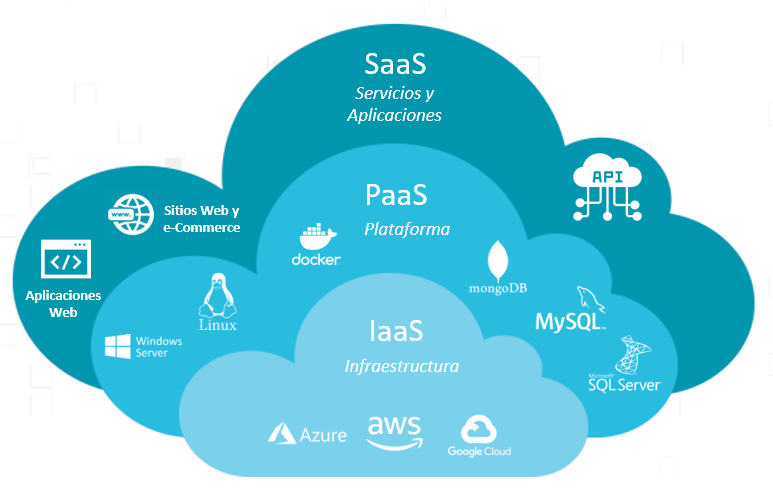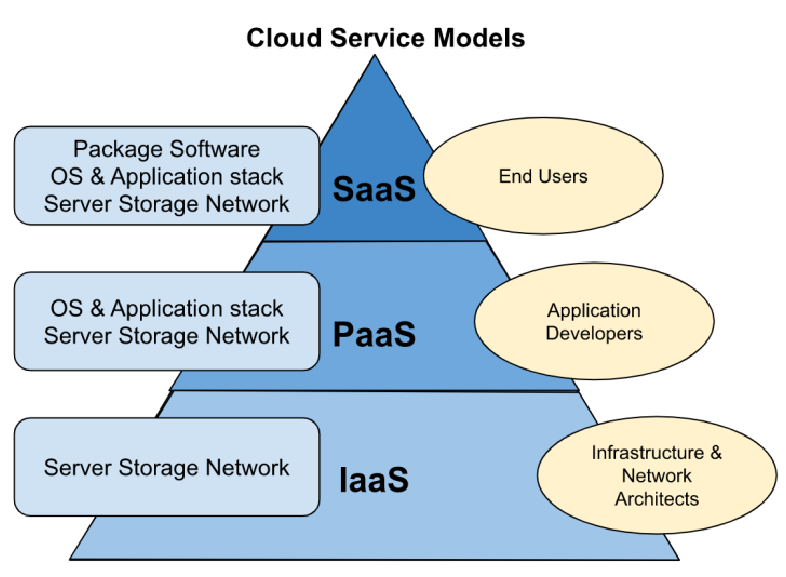Cloud computing has fundamentally changed how businesses operate, moving beyond simple online storage to an on-demand delivery of IT resources. It’s the engine of modern digital transformation, providing immense scalability and flexibility without the need for a physical data center. At its core, cloud computing is built on three key service models that cater to different levels of control and management.
Infrastructure as a Service (IaaS)
This model offers the essential building blocks of cloud IT—virtual servers, networking, and storage. It’s perfect for organizations that want maximum control over their operating systems and applications, giving them the freedom to migrate existing workloads and build custom solutions. Think of it as renting the virtual hardware.
Platform as a Service (PaaS)
PaaS provides a ready-to-use development and deployment environment. It handles the underlying infrastructure, allowing developers to focus solely on writing and managing applications. This model significantly accelerates the development lifecycle for web and mobile apps.
Software as a Service (SaaS)
The most user-friendly model, SaaS delivers a complete, fully managed software application over the internet. Users simply log in and use the software without any concern for maintenance or infrastructure. Popular examples include Microsoft 365, Salesforce, and Google Workspace.
Understanding these models is the first step to leveraging the power of the cloud effectively.



test